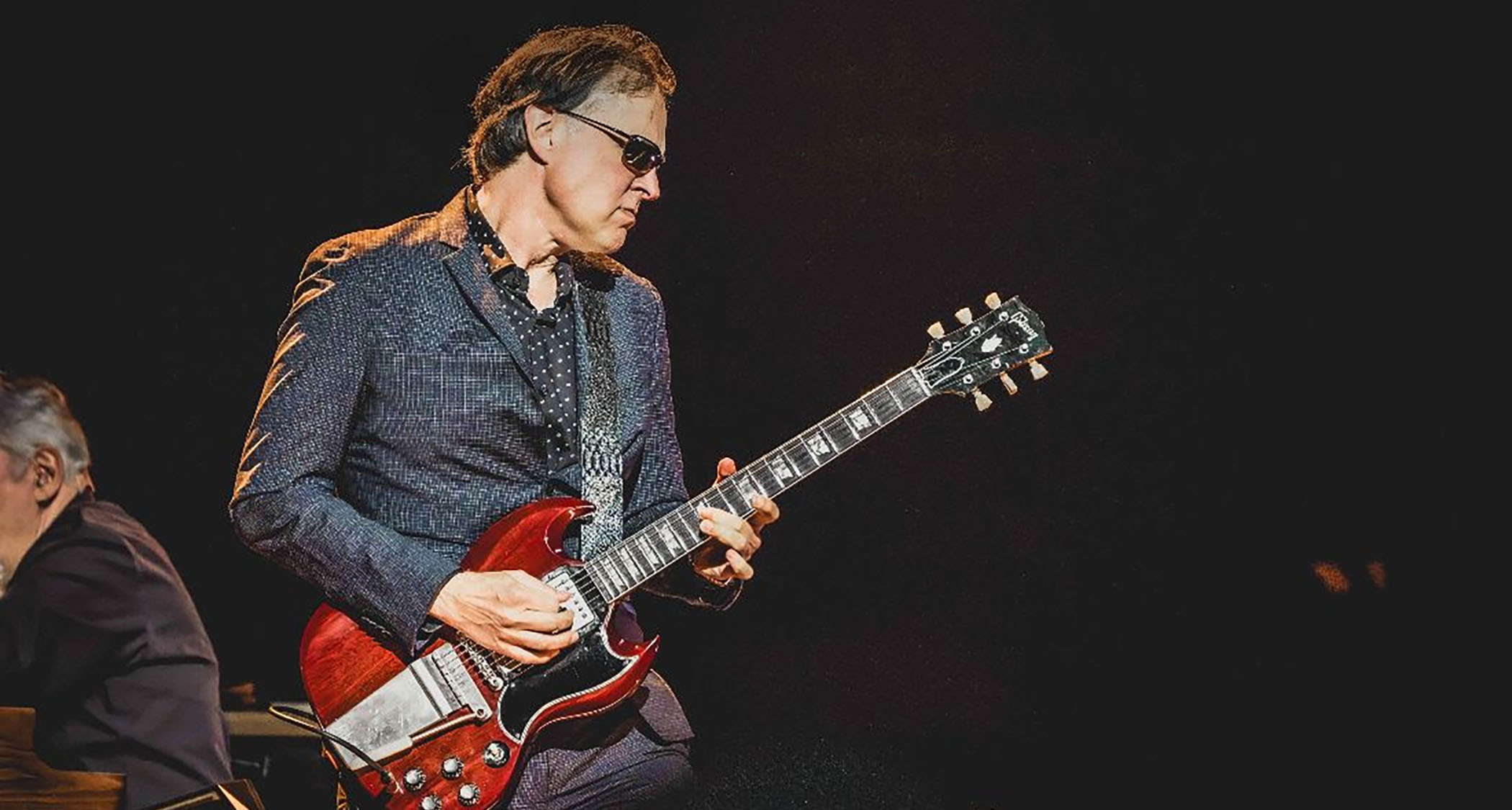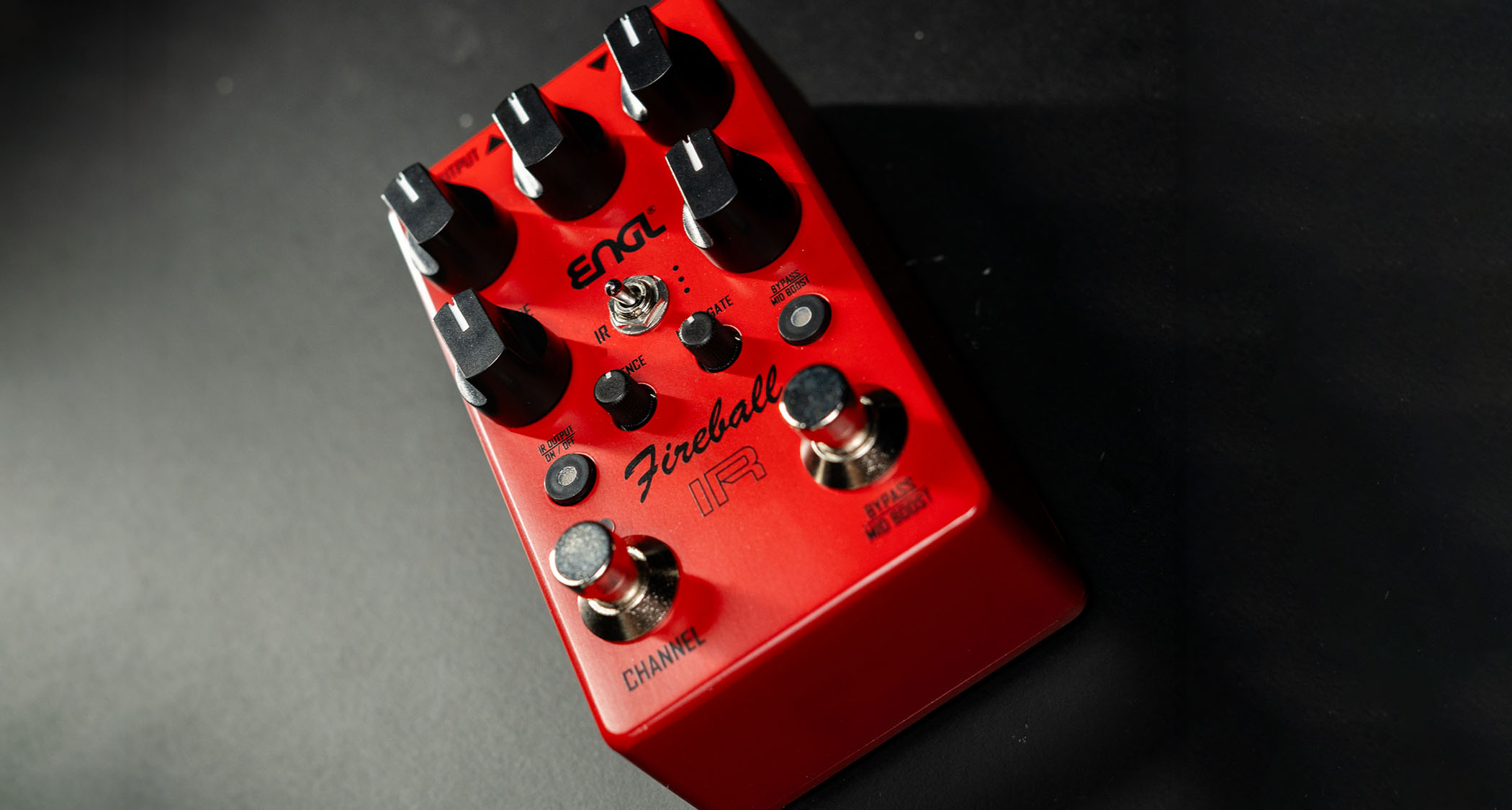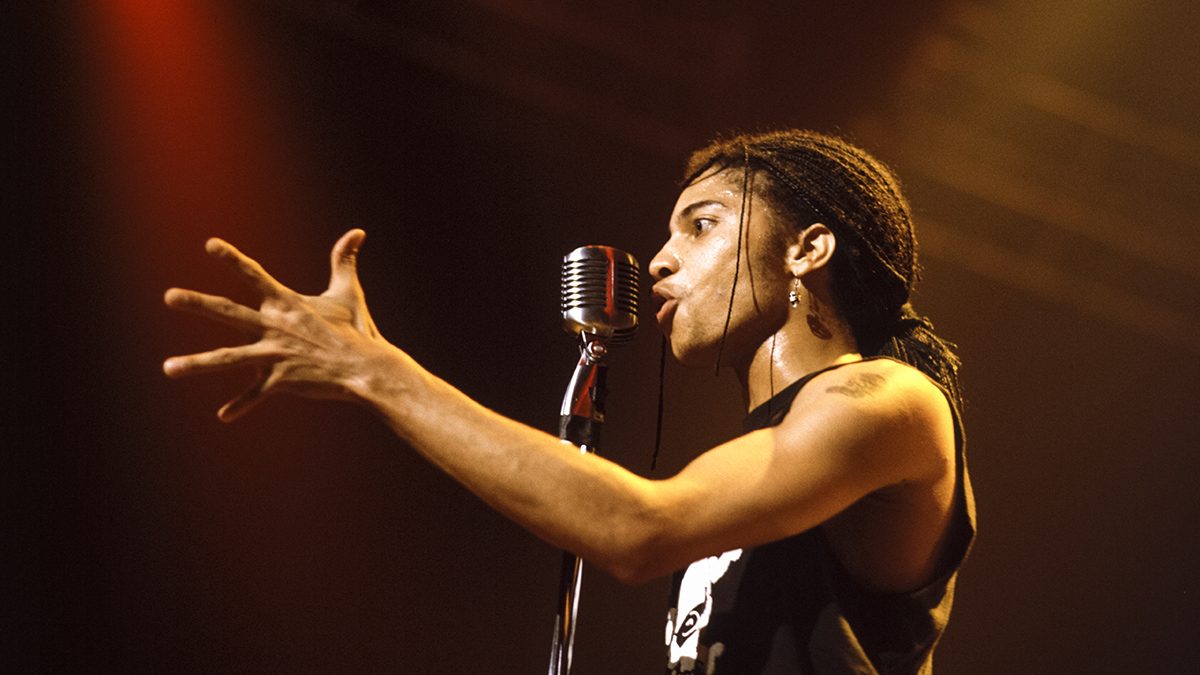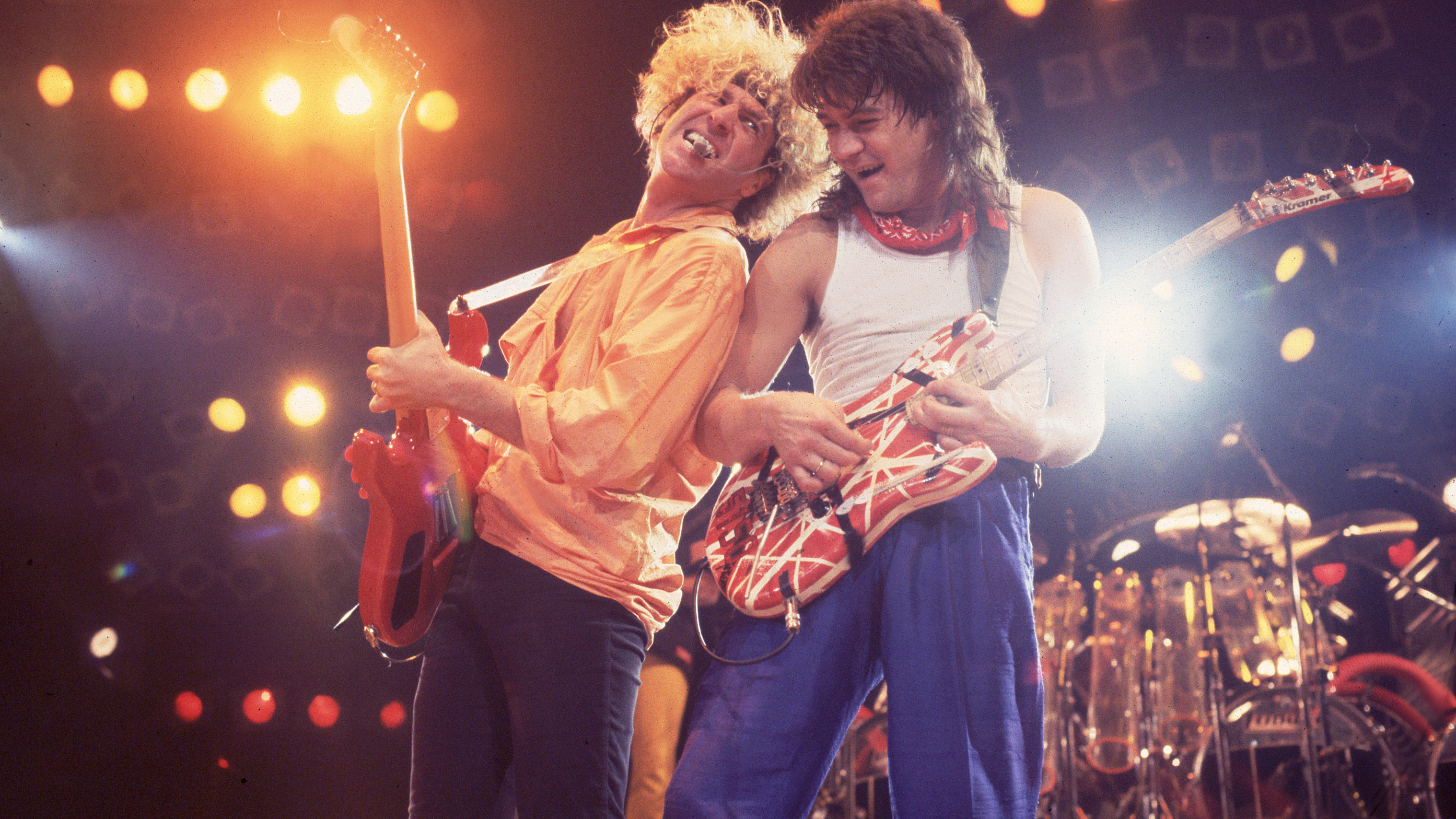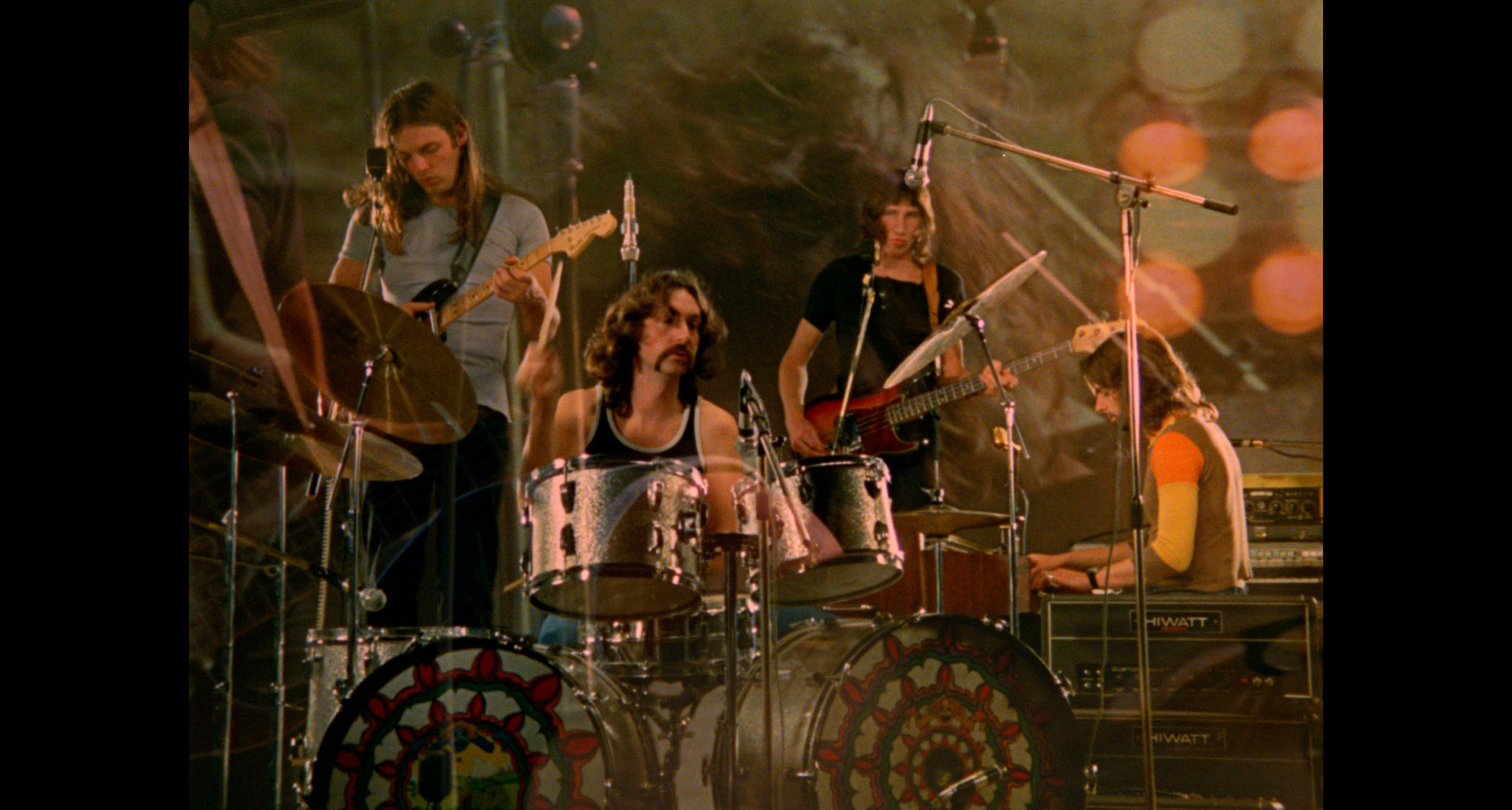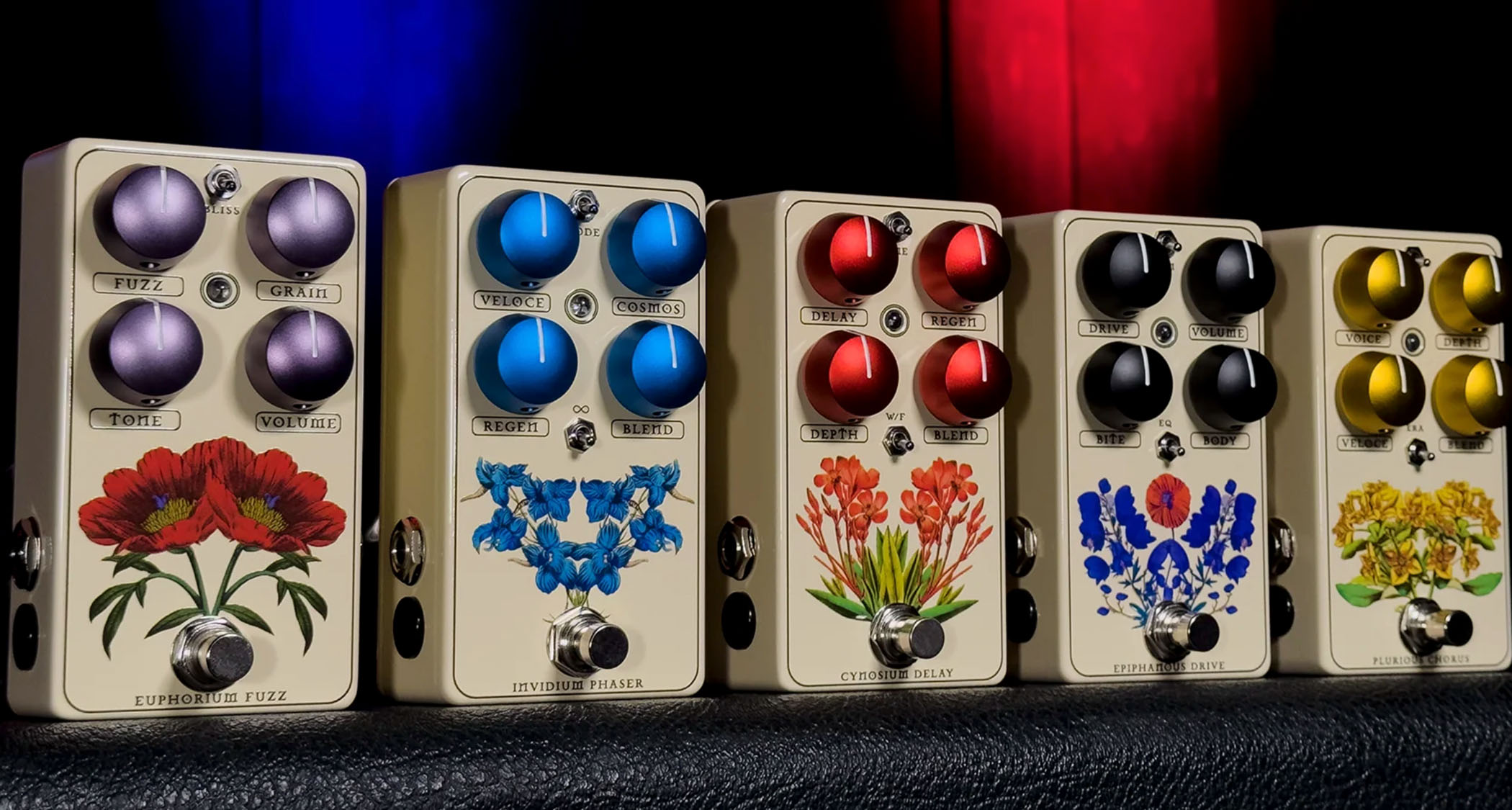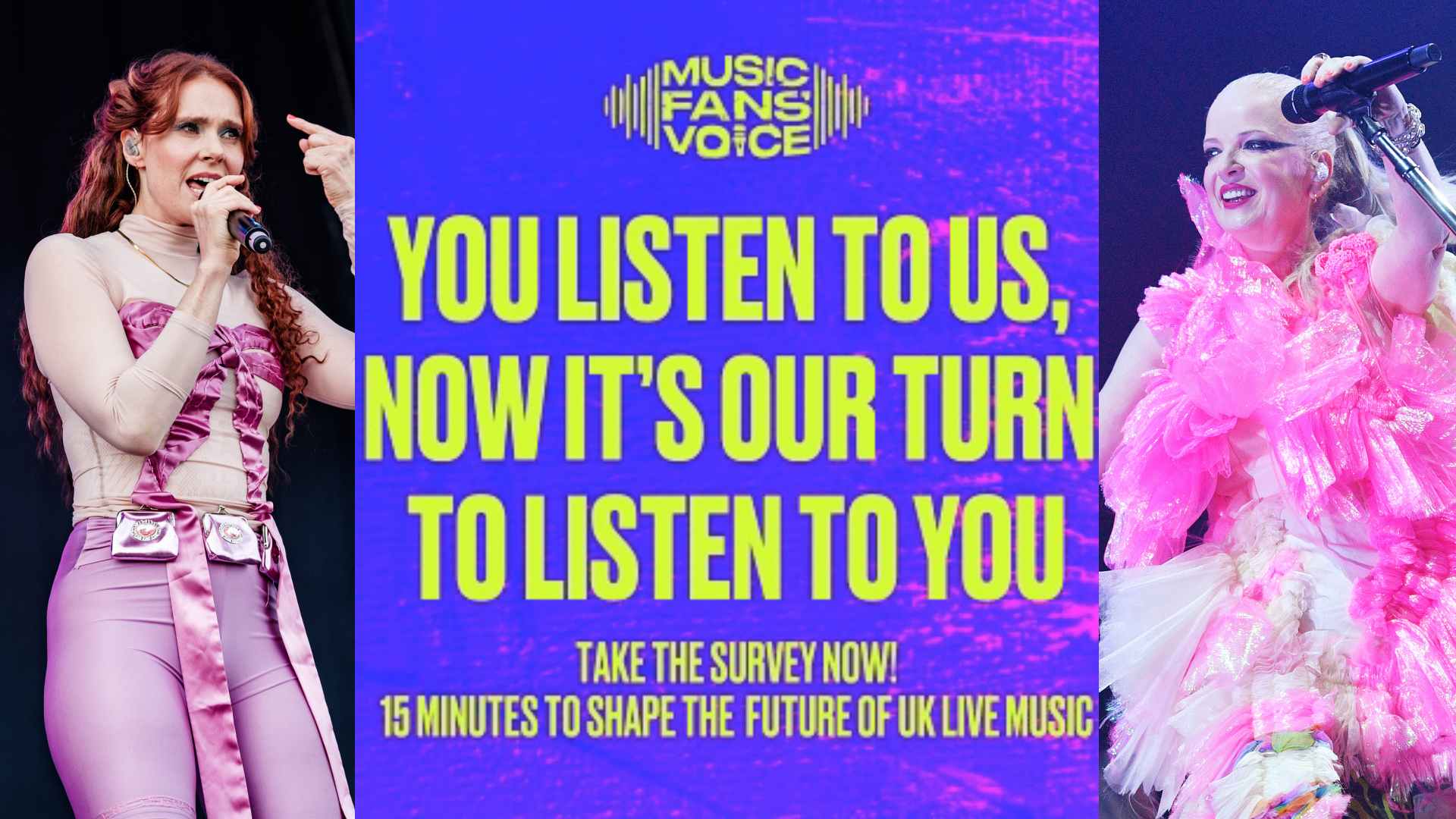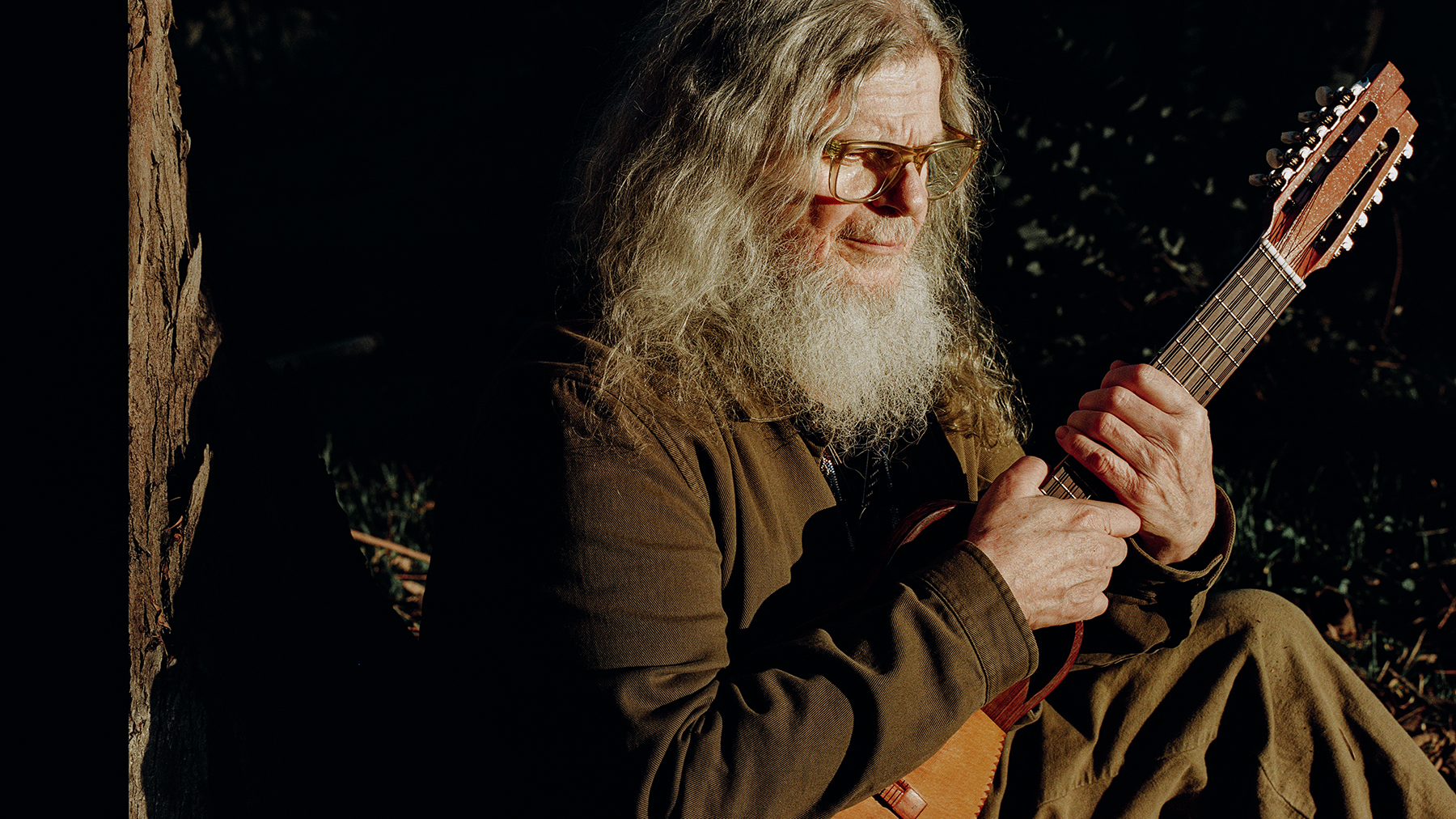“One of the best guitar solos ever conceived - captured live on stage!”: Uncovering the truth about the Clapton classic that he called "wrong" but Eddie Van Halen loved
The real story of Cream’s Crossroads
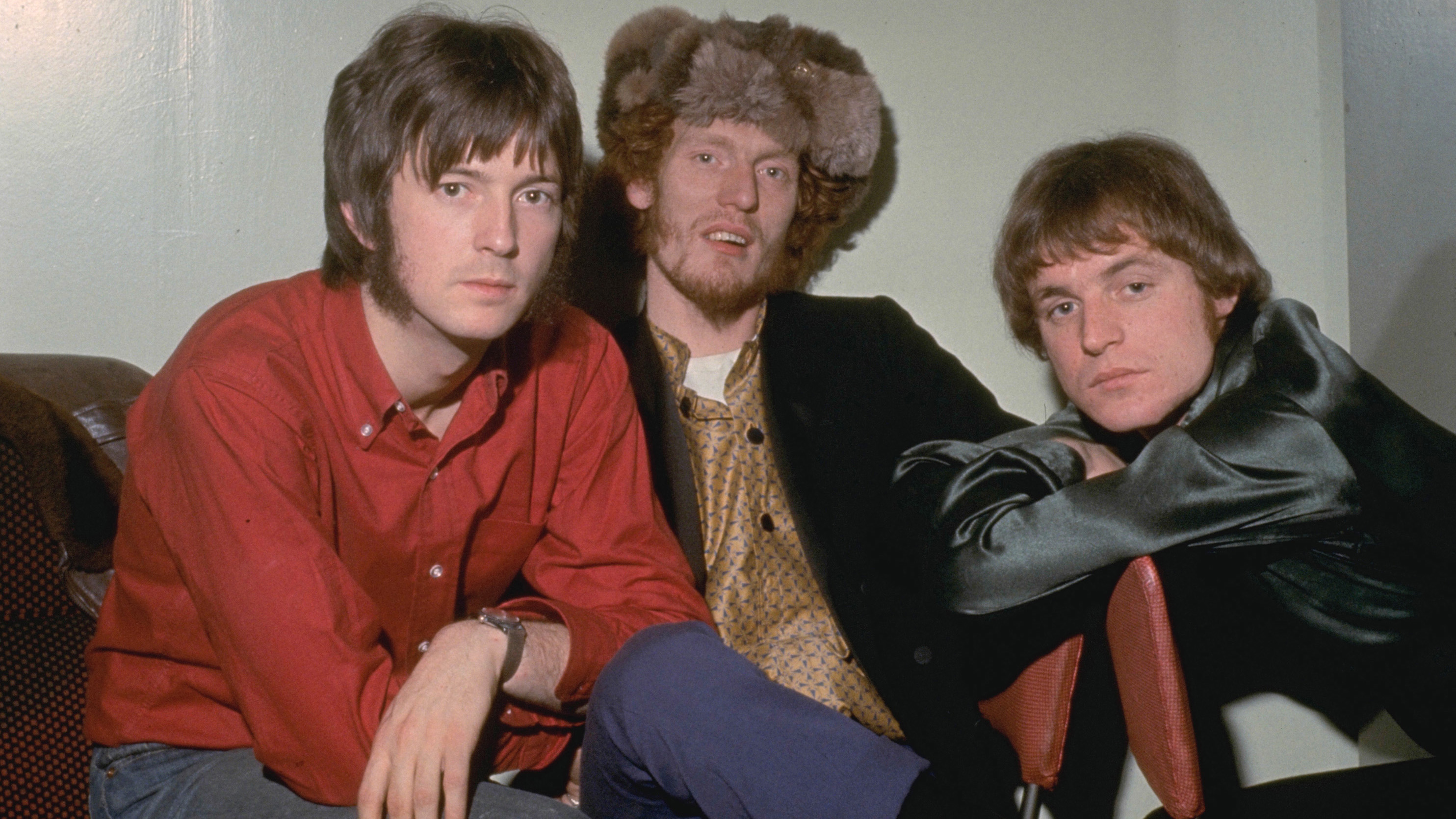
Is Eric Clapton’s solo in Cream’s version of Crossroads the greatest live blues-rock solo ever recorded?
Here, we pose the question - and bust a few myths in the process.
Robert Johnson’s Delta blues masterpiece, originally titled Cross Road Blues, was recorded by Cream at San Francisco's Fillmore Auditorium on 10 March 1968, and featured on the trio’s platinum-selling double album Wheels Of Fire.
This electrifying live version of Crossroads stands out for its break-neck tempo, the memorable open-position riff that Clapton devised, and a speedy turnaround lick that he refers to and refines throughout.
Jack Bruce’s bass playing is fierce, adventurous, and downright terrifying, while Ginger Baker pounds the skins as only he can, holding down the tempo and tying the three competing titans together. However, the track’s crowning glory is unquestionably Clapton’s solo - performed in two fabulous but deeply contrasting parts.
Robert Johnson recorded two takes of Cross Road Blues in 1936, two years prior to his death, aged just 27, with one released the following year and the other on a 1961 compilation.
The song’s legend is that of a man selling his soul to the devil in return for unworldly musical ability. The more likely truth is that when Johnson left the Robinsonville, Mississippi area where he was living, having already gained a few ideas from blues contemporary Son House, he stayed with Isiah ‘Ike’ Zimmerman in
Get the MusicRadar Newsletter
Want all the hottest music and gear news, reviews, deals, features and more, direct to your inbox? Sign up here.
Hazelhurst, Mississippi, from whom he picked up another, different set of techniques.
When Johnson returned to Robinsville a year later his playing was transformed, leading to the ‘devil’ myth.
Equally, there are various myths surrounding the Cream version of Crossroads.
Where was it actually recorded? Which guitar did Eric play? And was the final version a clever edit, as has been proposed?
In order to get to the bottom of this triple conundrum we spoke to Italian author and teacher Edoardo Genzolini, whose excellent book, Cream: Clapton, Bruce & Baker Sitting On Top Of The World: February-March 1968 (Schiffer Publishing LTD, 2023), is a nerd’s paradise.
We asked Edoardo why, considering there’s so much live footage of Cream, that there’s no film of this legendary performance?
“No, the only footage we have from when Cream played in San Francisco is in Tony Palmer's 1968 documentary, All My Loving,” he confirms. “According to Tony's journal, he and his BBC crew filmed Cream on 16mm at Winterland on Saturday, 2 March, and Saturday, 9 March. The 9 March shows were also professionally recorded for an official live release, and songs from that night such as Sleepy Time Time, Sunshine Of Your Love and NSU, appeared respectively on the later releases, Live Cream, Live Cream Volume II, and the box set Those Were The Days.”
Sadly, while Cream did play Crossroads on Palmer’s recorded performances (the band played a punishing two shows a night), it was the subsequent evening’s first set on 10 March that spawned the version we know and love, and no known film of that show exists.
“It does!” you may scream. “I’ve seen it!” Unfortunately, what you’ve almost certainly seen is a later Royal Albert Hall performance (Clapton wearing shorter hair and no moustache) with the Wheels Of Fire ‘Fillmore’ soundtrack cleverly edited beneath it.
Look around and you can find the original Albert Hall version; same video but a far scrappier Crossroads.
Another confusion surrounds whether the definitive Crossroads was recorded at San Francisco’s Winterland or Fillmore Auditorium. The fact is that Cream played both venues between 7-10 March.
As Genzolini explains, “The wording ‘Live at the Fillmore’ on Wheels Of Fire’s sleeve is mostly correct and applies to all the live songs except Traintime, which is from Winterland, 8 March. And, as sound engineer Bill Halverson reports in my book, ‘That string of shows had been booked for four nights at Fillmore. Bill Graham overbooked it, but Winterland [a much larger venue] was available, so we had to do Thursday 7 March at Fillmore, tear everything down, go Friday and Saturday at Winterland, tear it all down again and go back to Fillmore for Sunday 10 March.’”
As for which guitar Clapton played, the aforementioned Royal Albert Hall edited version, and many other mis-statings in magazine articles and websites, have it as Clapton’s red 1964 Gibson ES-335. However, all the photographic evidence - and Genzolini himself has unearthed many never before seen shots - shows that it was Eric’s psychedelically painted 1964 Gibson ‘Fool’ SG.
Genzolini explains: “The dozens upon dozens of photos I have discovered unarguably support this information: photos taken by the late Jim Marshall [not to be confused with the maker of Clapton’s 100-watt amps] from 10 March clearly show the band playing a venue that’s unquestionably the Fillmore. Also the black and white negatives of Frank M. Stapleton from the Fillmore show display a sequence of songs that’s easily recognisable by Clapton's finger positions on the fretboard, and which match the official setlist of 10 March from the Atlantic Records logs.”
So there’s little doubt the only guitar he had on this leg of the show was the fabled SG.
Genzolini concurs: “Eric played the ‘Fool SG until 12 April, the first of a three-night residence at the Electric Factory in Philadelphia. On 13 April, he bought a Gibson Firebird I at the local Music City store and played the rest of the tour with that guitar.”
And for our final diversion from the music, despite various music historians claiming Crossroads to be an edited, overdubbed or shortened version, the evidence reveals it to be a straight take - exactly as heard on Wheels Of Fire.
Genzolini again: “[Fillmore promoter] Bill Graham's recording on reel-to-reel from the first set of 10 March, preserved at Wolfgang's Vault [a website dedicated to vintage posters, nostalgia and archive recordings], as well as an audience recording of the complete 10 March sets, proves it to be unedited.”
Wolfgang’s Vault itself underscores this view, saying, “Many have claimed Clapton's blistering solo is a result of studio overdubbing, but here it is on this raw two-track recording, fully intact, exactly as it went down, proving that one of the most blazing guitar solos of all time was indeed done spontaneously, live on stage.”
But back to the music - and Clapton’s solo. The first part, a tasteful 24-bar, mostly major pentatonic workout that was pretty quick by 1968 standards, is both perfectly paced and superbly executed.
Eric begins down at the 2nd fret, fourth string, and climbs up the fretboard until he climaxes with a B.B. King-style flurry between 9th and 12th frets. He finishes off with a neat sliding blues lick that takes him back to his 5th fret, pentatonic ‘home’.
It’s a gloriously wholesome 24 bars with a clear beginning, middle and end; a succinct story that, even on its own, represents a stunning moment in blues-rock. This clearly deliberate, if not necessarily conscious tactic, keeps Eric’s powder dry and ready for his second, rather more unfettered outburst.
Here, Clapton takes the roof off with a 36-bar break that starts with unison bends and double-stops, building inexorably to a frenzied climax with a final reworking of his turnaround lick. All this action takes place between the 15th and 18th frets. Among the techniques employed are hammer-ons, pull-offs, Eric’s trademark bends and vibrato, various forms of double-stops and much more. It’s on-the-spot composing of the highest order.
While analysing Crossroads musically is all well and good, it misses the point that here is a band of supreme equals, improvising at the ultimate peak of its powers. And remember, Clapton had yet to turn 23 years old and this recording, which still stands as a shining monument to blues-rock, was made 56 years ago!
Until their brief reunion in 2005, Cream’s 1968 ‘farewell’ tour which culminated on 26 November at London’s Royal Albert Hall, would be the last time the trio played together as a unit.
Clapton himself never liked his playing on Crossroads. “I actually have about zero tolerance for most of my old material, especially Crossroads,” he told MusicRadar in 2004. “The popularity of that song with Cream has always been mystifying to me.”
What annoys Eric is that during his second break he found himself playing over the wrong beat. While to most of us this creates an exciting tension that Clapton expertly releases as he finds his way back into time, it leaves the guitarist bemused at our adulation of his mis-step.
As Clapton told Mojo magazine: “Most of that solo is on the wrong beat... Instead of playing on the two and four, I’m playing on the one and three and thinking, ‘that’s the off beat’... No wonder people think it’s so good - because it’s wrong!"
Back to Edoardo Genzolini: “It undoubtedly is one of the best solos ever conceived for its lyricism, and its recognisable structure building up to a unique climax,” he says. “And what makes it one of the best is the fact that it was captured live on stage. It was clearly a good night for Cream, and we are lucky that [engineer] Bill Halverson and [Cream producer] Felix Pappalardi were there to record it.”
Wolfgang’s Vault’s agrees: “This is a blistering performance, in which Clapton, Bruce, and Baker all seem to be soloing simultaneously. Crossroads is a dazzling display of their fury and bravado when Cream was at the pinnacle of their powers.”
Whether or not we’ve convinced you that Crossroads is indeed the finest live blues performance on record, let’s leave the final word to another legendary six-stringer, the unashamed Clapton fan Edward Van Halen who called it simply, “one of the best live recorded songs ever.”
That’ll do for us!
"There had to be some sort of telepathy going on because I've never seen spontaneous inspiration happen at that level”: The genius of Eric Clapton's controversial masterpiece, Layla
"I said, ‘What’s that?!’ He looked at me strange and said, ‘We’re line checking. We’ll be gone in five minutes’. I said, ‘You won’t - meet me in that room in 10 minutes’": How a happy synth accident inspired a US number 1 single for Terence Trent D’Arby
